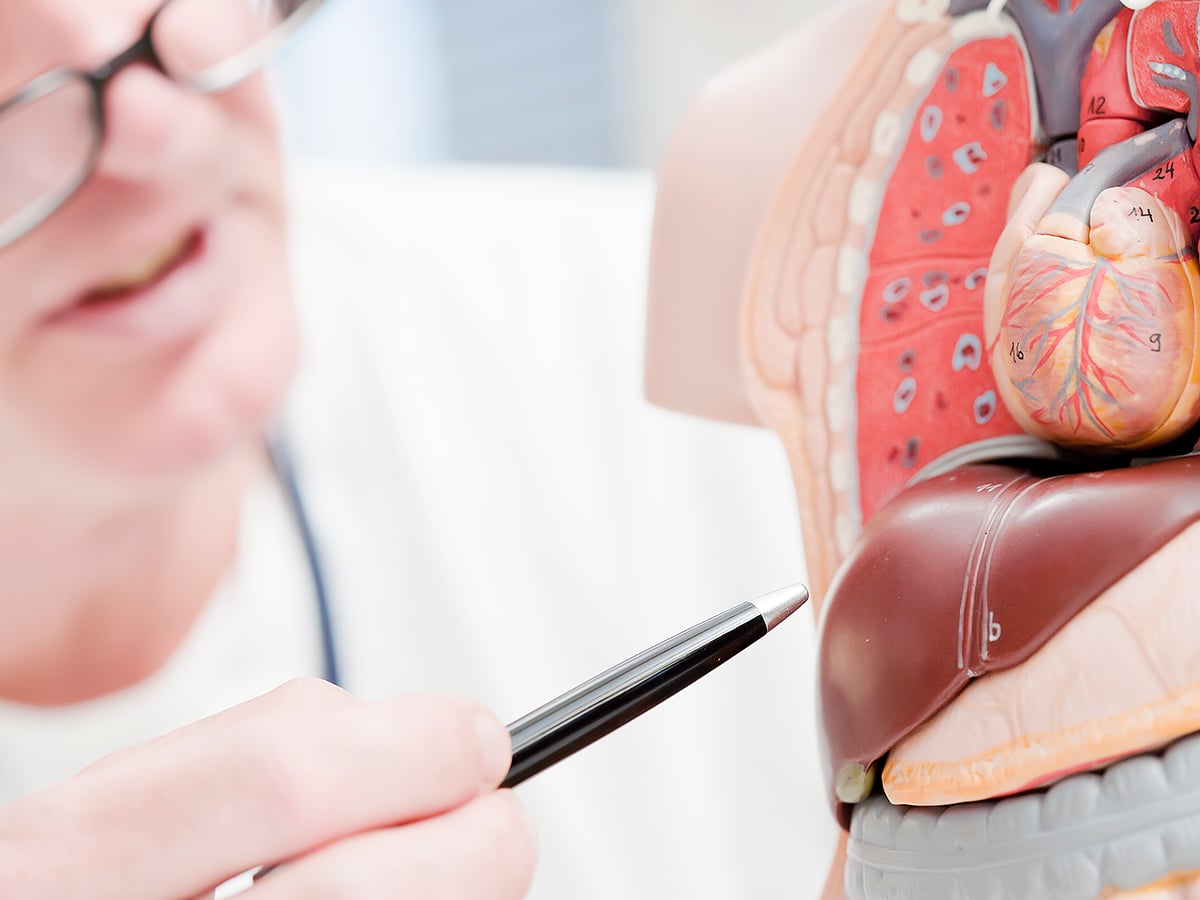Introduction
Tumours in the liver can be benign, or non-cancerous and these include:
Haemangiomas
These are the most common type of benign liver tumour, found in up to 7% of autopsy specimens. They start in blood vessels. Most of these tumours do not cause symptoms and do not need treatment. Some may bleed and need to be removed if it is mild to severe.
Focal nodular hyperplasia (FNH)
is the second most common tumour of the liver. This tumour is the result of a congenital arteriovenous malformation hepatocyte response. FNH is characterised by the presence of all normal liver cells and contents but arranged in an abnormal way. It does not affect liver function.
Adenomas
Adenomas are uncommon solid tumours of the liver, usually seen in ladies who used Estrogen based OCPs or men who took significant doses of steroids. They are commonly found in the right lobe of the liver and generally present as a single lesion.
The size of adenomas ranges from 1 to 30 cm. Pain is one of the presentations especially in sizable lesions. Over the last few decades there has been an increase with occurrences of this specific type of adenoma. Some correlations have been made such as malignant transformation, spontaneous haemorrhage, and rupture.
- While being diagnosed with this on radiological imaging such as ultrasound, CT Scan or MRI can be stressful for a patient, it is important that you can discuss these findings.
- Haemangiomas and focal nodular hyperplasia generally do not require surgery.
- Hepatic adenomas that meet certain size criteria, or growth rates may need resection. Benign tumours which cause symptoms may also need surgery.
Liver Cysts
- Simple cysts: Usually diagnosed accidentally and does not require treatment. Liver abscess: either bacterial or parasitic requires hospital admission and intense treatment.
- Hydatic cysts requires certain investigation and treatment.
- Benign Cystic tumours (Biliary cystadenoma) requires surgical intervention.
Symptoms
- Asymptomatic.
- Right upper abdominal pain.
- Nausea and vomiting.
- Jaundice sometimes.
- If the lesion ruptures, this might manifest as acute haemorrhage and shock.
Diagnosis
Your surgeon will discuss the diagnosis in detail with you:
- Full blood count, liver function tests and tumour markers.
- Ultrasound, Ct scan or MRI of the abdomen may help finalize the diagnosis.
- Serology if suspicion of hydatid disease.
- Endoscopic Ultrasound or CT guided biopsy in some cases.





